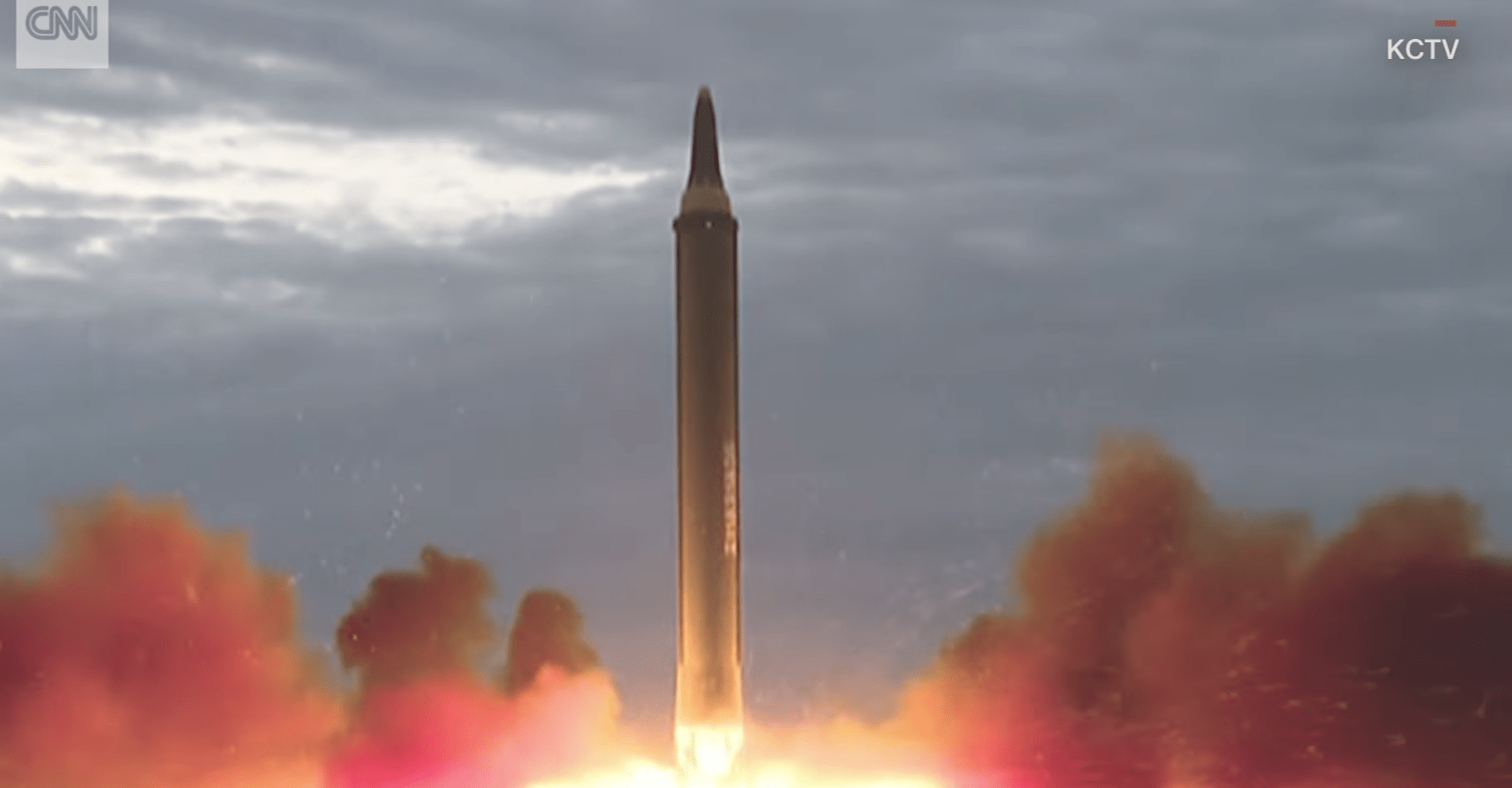

At about 6am on local time Tuesday morning, Japan’s government issued a warning to its citizens that a missile was headed their way. That missile, fired from North Korea, crashed into the Pacific Ocean 575 miles east of Japan just 14 minutes after launch. This test was the third time that North Korea’s ever successfully launched an object over Japan, and the first time that the object in question was explicitly a missile.
Every missile test, especially for a nation like North Korea, sits at the intersection of both political statement and engineering project. Testing a missile over a country and shooting a missile at a country can read as similar launches, with civilians in harm’s way only learning the distinction when the missile passes harmlessly instead of impacting murderously.
The threat is baked into the launch, but besides geopolitical jockeying for position, there are research reasons that might in part explain why North Korea pointed a missile over Japan.
“Lofting an intermediate or long-range missile provides a good indication of performance, but the environment is different enough that if North Korea is looking for more certainty, flying a missile on a normal trajectory is the best option rather than simulating the flight on a lofted trajectory,” says Catherine Dill, a senior research associate at the James Martin Center for Nonproliferation Studies.
North Korea is not a terribly large county (it is a little larger than Virginia). It is, from its southwesternmost point to its northeastern-most corner, only about 435 miles across, which is hardly sufficient distance to test the full 2800+ mile range of a missile like the Hwasong-12 that North Korea launched on Tuesday. To reach that range, North Korea would have to fire a missile over somebody, with a plethora of bad options in its global neighborhood.
“North Korea is limited by its geography and does not have a whole lot of options for flying IRBMs and ICBMs on a normal trajectory,” says Dill. “We do not know exactly where the overflight occurred (somewhere over Hokkaido isn’t too specific), but it is possible that North Korea aimed to overfly a less populous area, and judged Japan as the best option for either technical or political reasons.”
On June 2nd, North Korea warned of possible missile launches in just such a direction in a response to Japan’s launch of satellites, presumably for spying. A statement from the Korean Central News Agency read, in part, “Japan is now not entitled to fault the DPRK, no matter what it launches or whether that crosses the sky above Japan.”
After the launch, the Pentagon announced that it determined the missile did not pose a threat to either the continental United States or Guam. That might explain why, despite the presence in the Pacific of 16 ships capable of intercepting intermediate-range ballistic missiles, the Navy declined to do so.
It is perhaps too soon to say if the test was a failure, but North Korea’s launched a lot of missiles in the past few years and demonstrated some major technological gains in the same time. These tests are as much iterative design as SpaceX launches, and like other engineering enterprises, North Korea still learns even when it fails fast and fails often.
“Even if it was a failure, North Korea could learn valuable technical details about the performance of the missile,” says Dill. “For example, with the telemetry and other sensor data collected, they could learn more about the airframe and fuel performance.”
